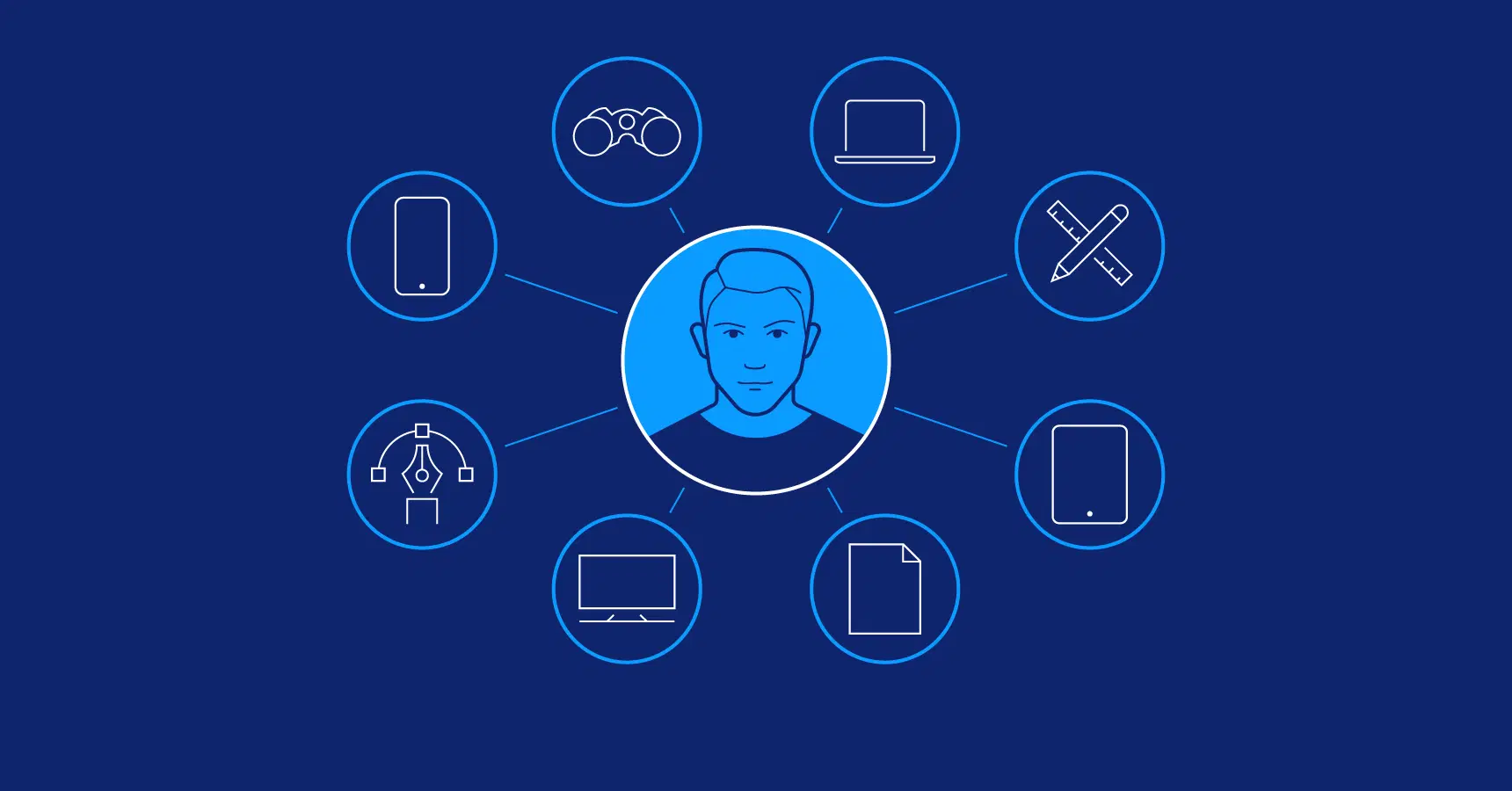Top 5 Trends Shaping the Future of Software Development

The world of software development is a dynamic landscape, constantly evolving to meet the ever-changing needs and demands of users and businesses alike. As we venture further into the digital age, innovative trends are reshaping the future of software development, revolutionizing how software is created, deployed, and utilized. In this blog post, we'll explore the top five trends that are shaping the future of software development, providing insights into the cutting-edge technologies and methodologies that are driving this exciting transformation.
- Artificial Intelligence (AI) Integration:
Artificial Intelligence has rapidly become a transformative force across industries, and software development is no exception. AI integration is revolutionizing how software applications process data, analyze patterns, and make informed decisions. Machine Learning algorithms, Natural Language Processing (NLP), and Computer Vision are now common features in various applications, enabling personalized user experiences, predictive analytics, and automation. As AI continues to advance, software development will increasingly leverage its capabilities to create smarter, more intuitive, and efficient applications.
- Low-Code and No-Code Development:
In an era where time-to-market is critical, low-code and no-code development platforms are becoming increasingly popular among developers and business users. These platforms empower non-technical individuals to build software applications with minimal coding knowledge, significantly reducing the development lifecycle. Low-code platforms offer pre-built modules and visual interfaces, while no-code platforms enable users to create applications through drag-and-drop functionality. As the demand for rapid application development rises, these tools will continue to be at the forefront of software development, fostering a collaborative environment between developers and business stakeholders.
- Cloud-Native Technologies:
Cloud computing has been a game-changer for software development, providing scalability, flexibility, and cost-efficiency. Cloud-native technologies take this a step further by designing applications specifically for cloud environments. Microservices architecture, containerization (using technologies like Docker and Kubernetes), and serverless computing are among the key components of cloud-native development. These technologies allow developers to build applications that can adapt to fluctuating workloads, scale effortlessly, and maximize resource utilization - all while reducing infrastructure management complexities.
- Internet of Things (IoT) Integration:
The Internet of Things has rapidly expanded its presence in various sectors, from smart homes to industrial applications. As IoT devices become more pervasive, software development must adapt to accommodate this interconnected ecosystem. Software applications are increasingly integrating with IoT devices to collect and analyze data, enabling automation, and improving real-time decision-making. Developers must now focus on ensuring security, scalability, and seamless interoperability between devices to unlock the full potential of IoT-driven applications.
- DevSecOps - Integrating Security into Development:
The increasing number of cybersecurity threats calls for a proactive approach to software development. DevSecOps, a combination of Development, Security, and Operations, emphasizes integrating security practices into every stage of the software development lifecycle. This approach ensures that security measures are not an afterthought but an integral part of the development process. Continuous integration, continuous delivery, and automated security testing are essential aspects of DevSecOps, enhancing the overall reliability and robustness of software applications.
Conclusion:
The future of software development is bright and filled with exciting possibilities. As AI, low-code/no-code development, cloud-native technologies, IoT integration, and DevSecOps continue to gain momentum, developers can look forward to a more efficient, innovative, and secure approach to creating software applications. Embracing these trends will enable businesses to stay competitive, deliver exceptional user experiences, and adapt to the ever-changing demands of the digital landscape. Stay ahead of the curve and explore the future of software development with these transformative trends.

